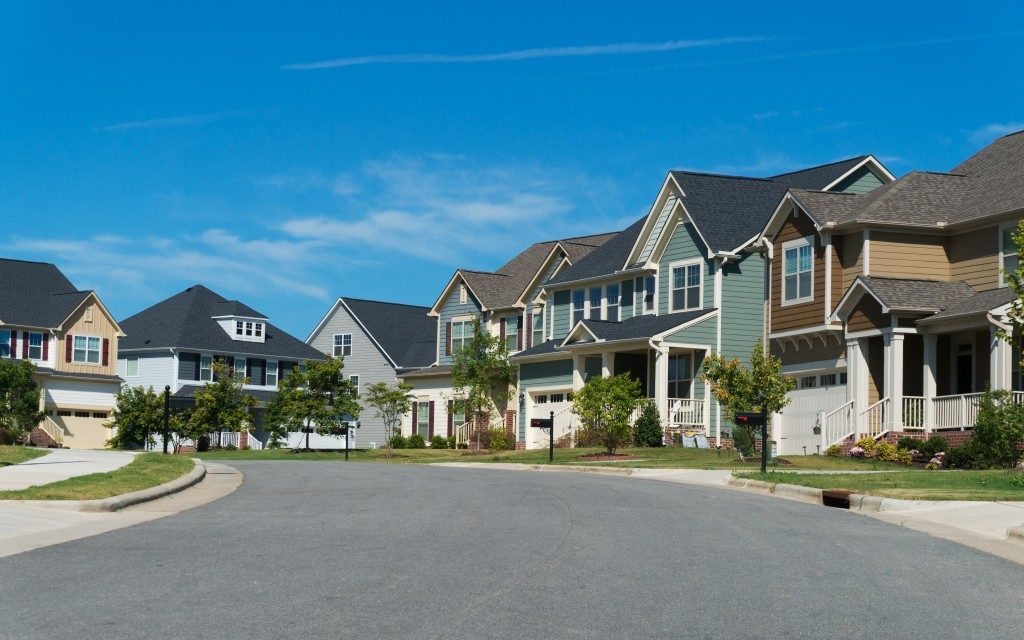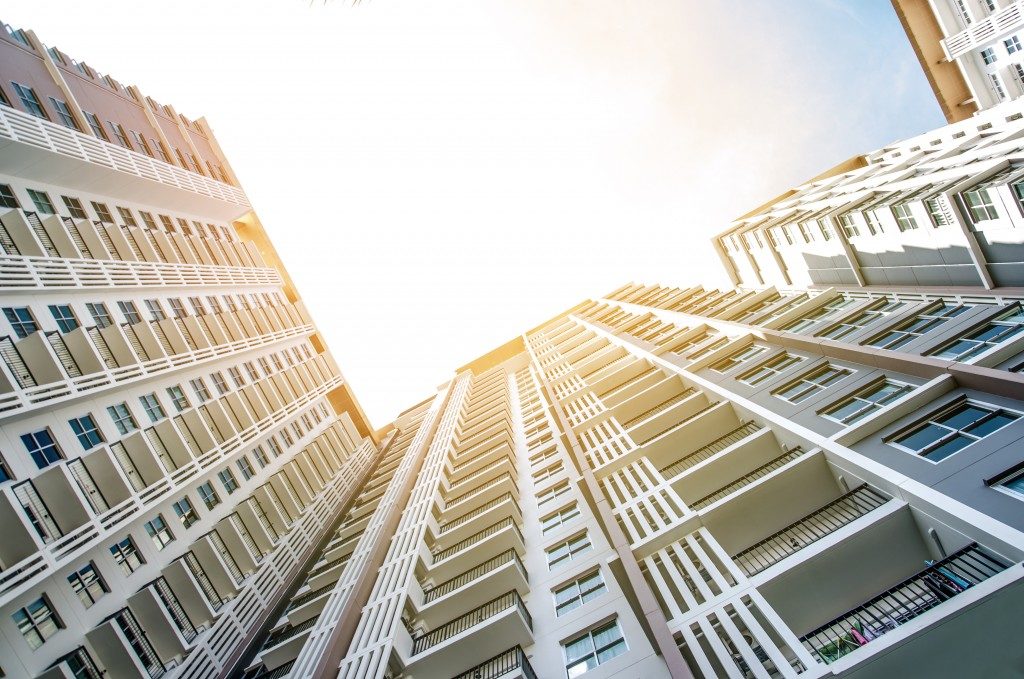Master-planned communities are a form of mixed-use development. They are a growing trend around the world, and the houses that you can buy at Daybreak, Utah are part of that trend. The most significant difference is that with master-planned communities, houses spread out across acres of land. However, they also feature nearby amenities. These can include schools, parks, and commercial spaces.
Some of these communities may not have office spaces that can completely capture the live-work-play philosophy, but they may have convenient transport access to business districts. All these make master-planned communities attractive to homebuyers. Still, there’s also one big reason why they can sell fast: sustainability.
Two Principles of Sustainability
“Sustainability” has been the buzzword lately. It’s so popular that sometimes its meaning gets lost in the chaos. So what is sustainability? There are many ways to define it, but the bottom line is that it is a concept of meeting the needs of the present generation without affecting those of the future generation. Sustainability can even add more value to the community, thereby improving the people’s quality of life.
These places also meet at least two of the principles of sustainability:
1. Preservation of the Environment and Maximization of the Natural Resources
A sustainable community protects the environment and its natural resources as they are the best gifts people today can give to their children and grandchildren. At first glance, it may seem that master-planned communities don’t fit the bill. In reality, it depends upon development. Some projects retain the topography of the surrounding areas or build properties around them.
In the process, these natural landscapes add more charm and economic value to these communities. Well-designed master-planned communities also consider the efficient use of available resources such as water and land. They may also introduce technologies and ideas that can resolve common environmental issues such as water runoff and soil erosion.
By making homes near public facilities such as schools and hospitals, homeowners are less likely to contribute to greenhouse emissions. This will benefit Utah whose air pollution problem can worsen during inversions.
2. Enhancement of the Local Economy

Utah has one of the thriving economies in the United States, and a significant reason for it is its people. The Beehive State has the fastest-growing population within the last 10 years, according to the 2018 data from the Census Bureau. It benefits from an increase in natural births and migration, especially among the millennials, who actually want to live in the suburbs as well. Seniors, on the other hand, prefer to age in place.
Master-planned communities can be appealing to these two large markets. They can drive people to move to Utah, while the present residents are less likely to live. In turn, they contribute to the growth of their communities and the state’s economy.
The primary point of sustainability is this: People’s decisions today can have a significant impact on tomorrow’s outcomes. By improving the landscape, preserving the environment, increasing population, and enhancing transport and convenience, master-planned communities can make the future easier and better for your children.



